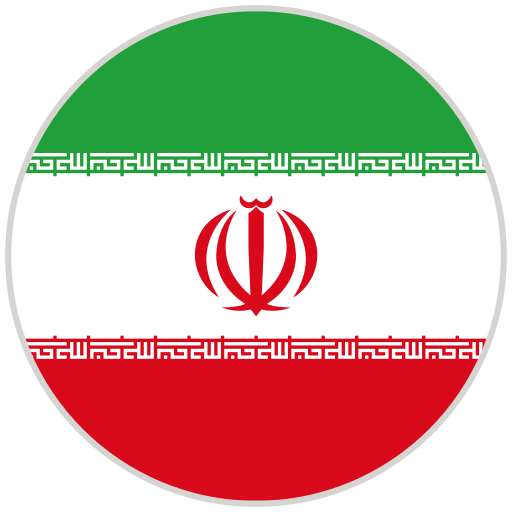Seljuk Period
Seljuk Textile Heritage: A Fusion of Cultures
During the Seljuk era, textile artistry reflected a dynamic synthesis of diverse cultural influences, seamlessly integrating elements from Central Asia, Persia, and the Islamic world. The flowing robes of Seljuk men, reminiscent of the expansive Central Asian steppes, embodied both practicality and elegance, while wide trousers allowed for ease of movement, a hallmark of nomadic traditions. Women’s garments, adorned with intricate pleats and delicate patterns, transformed silk into a canvas of floral and geometric motifs, exemplifying the era’s refined aesthetic sensibilities.
Seljuk fabrics bore distinct artistic signatures, featuring Kufic calligraphy interwoven with geometric patterns, illustrating the deep connection between art, faith, and intellectual traditions. Towering, pointed hats reminiscent of the peaks of Anatolian and Persian landscapes symbolized power and prestige, serving as visual markers of authority. These garments were far more than attire; they encapsulated the essence of Seljuk identity, where Eastern nomadic heritage merged with the sophistication of Persian and Islamic artistic traditions, shaping a legacy that bridged past and future civilizations.


